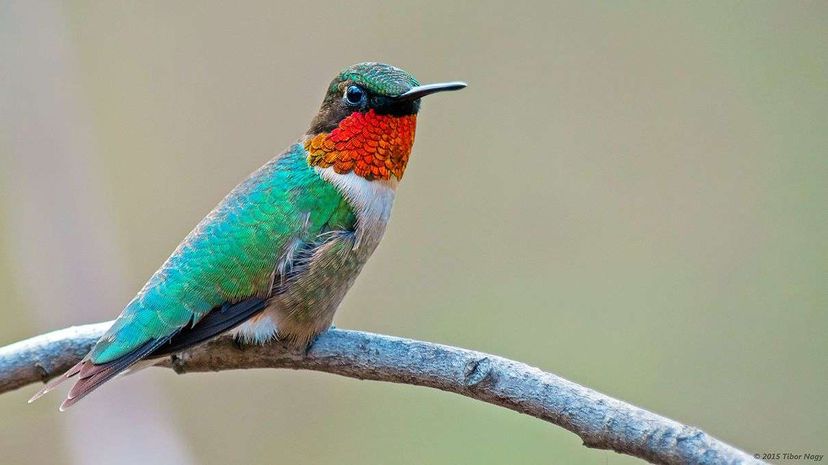
Chances are, you've been lucky enough to see a hummingbird in the wild. Given their size, their ultra-fast wing speed (which has to burn some serious energy), you might not imagine that hummingbird migration is all that significant. Well, consider the following scenario.
See that ruby-throated hummingbird sitting on a branch in the picture above? Let's say the branch is on a mimosa tree, and let's say that mimosa tree is located in Atlanta, Georgia. And it's hummingbird migration season. Suddenly, the small, iridescent bird takes to the air, with wings beating an average of about 50 times per second.
Advertisement
If it flew as far as it possibly could without stopping, where do you think it would land? On the other side of the city? Or could that little ruby-throated hummingbird make it all the way to Alabama or Tennessee, all in one flight?
Guess again, but think farther — much, much farther.
Advertisement

